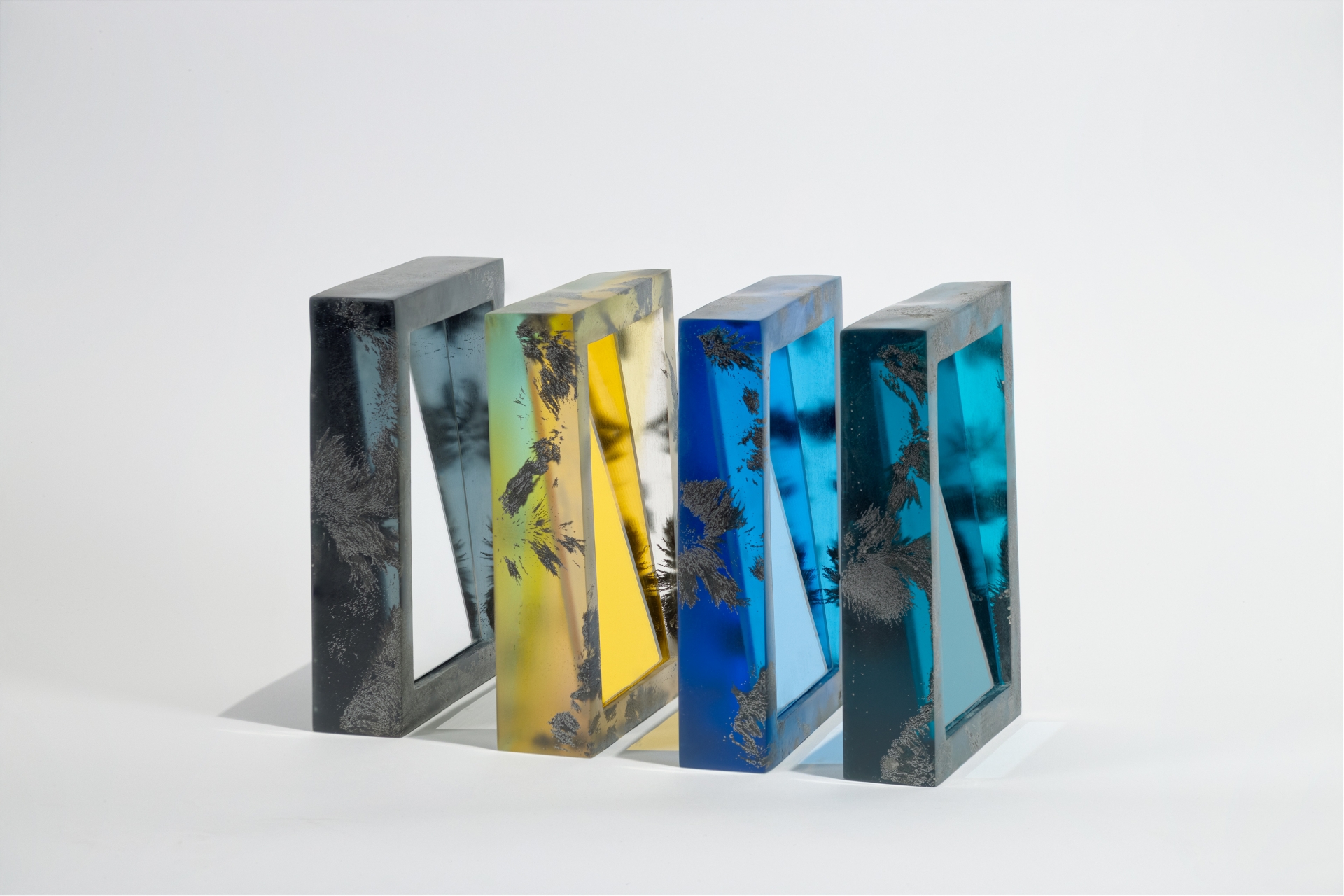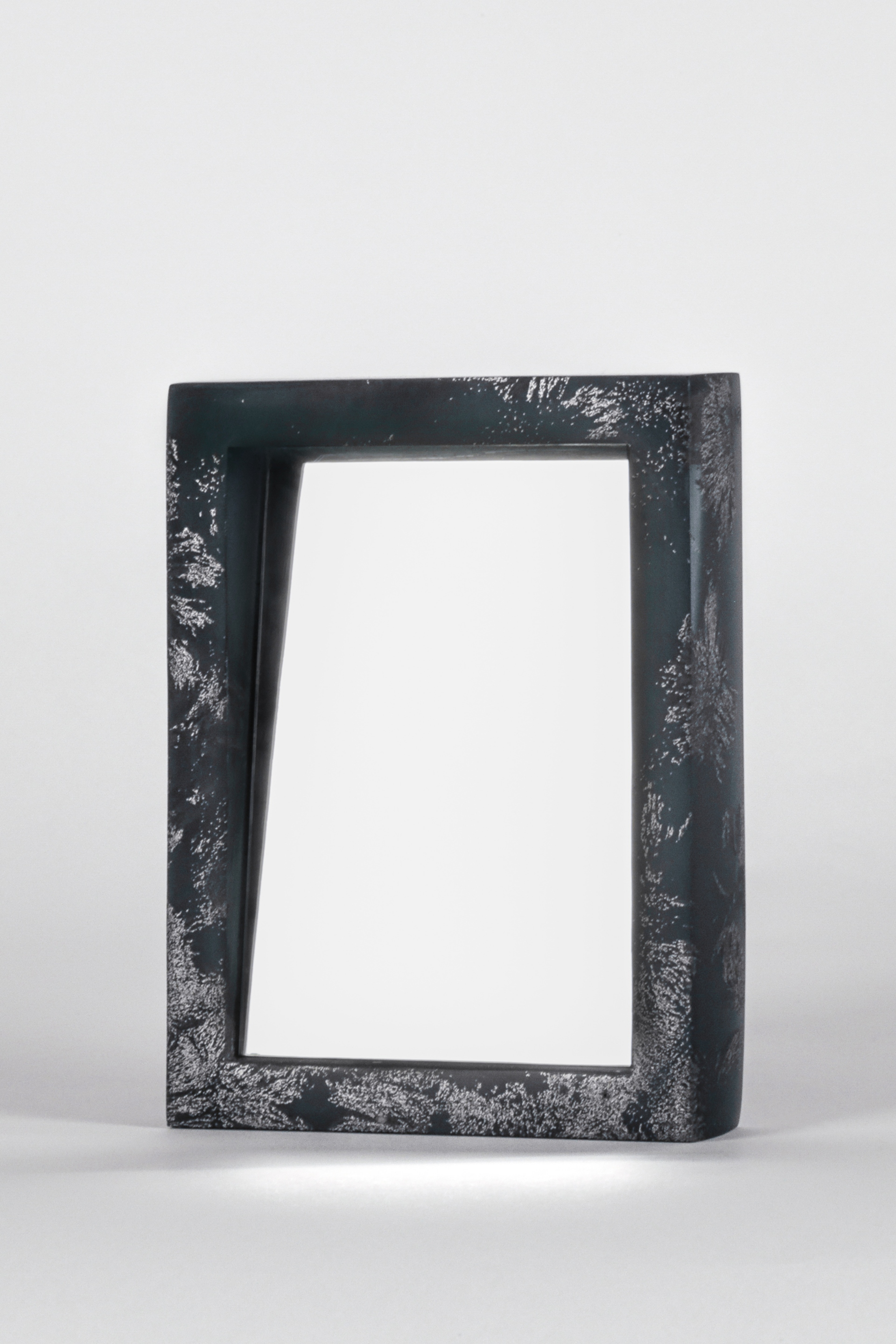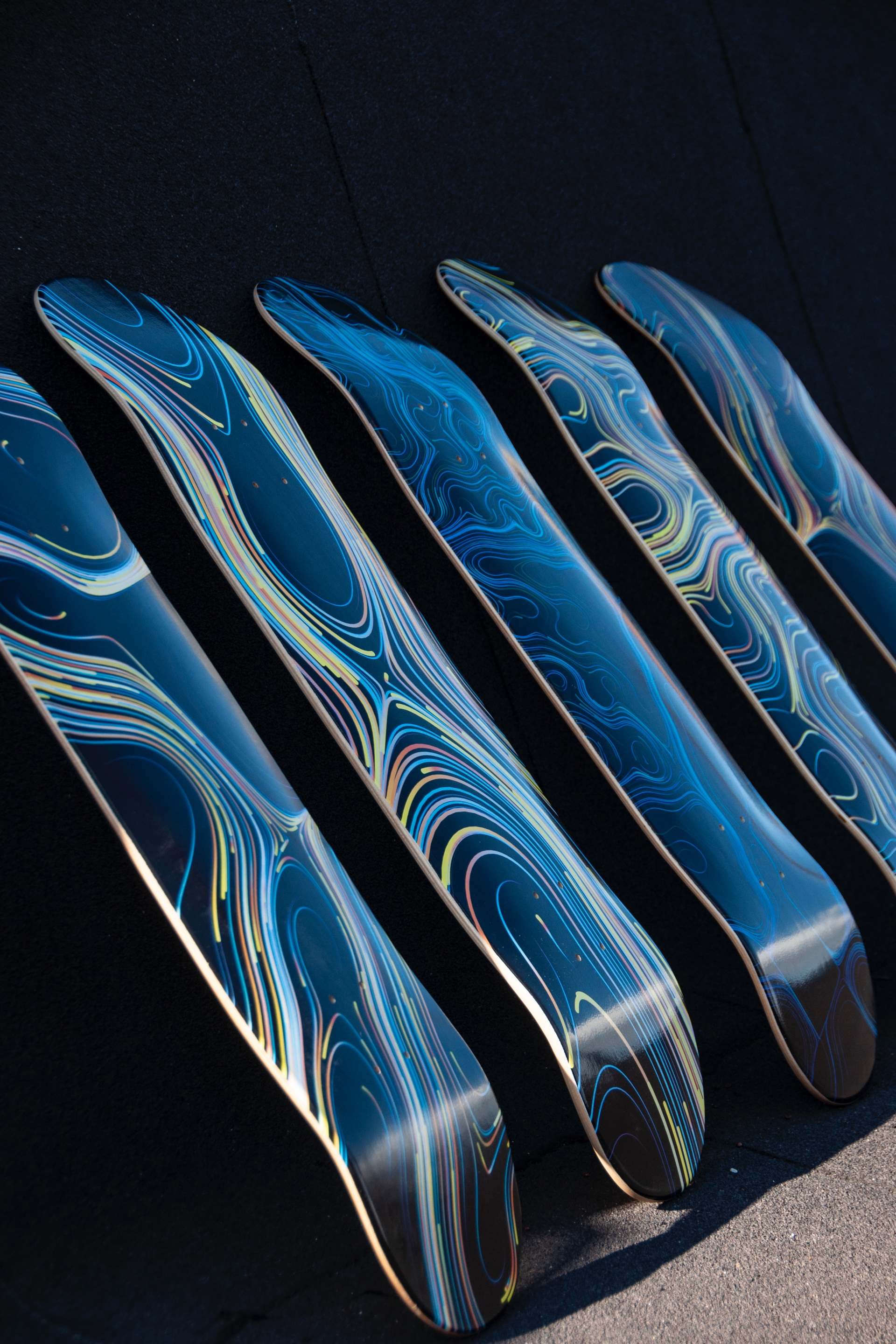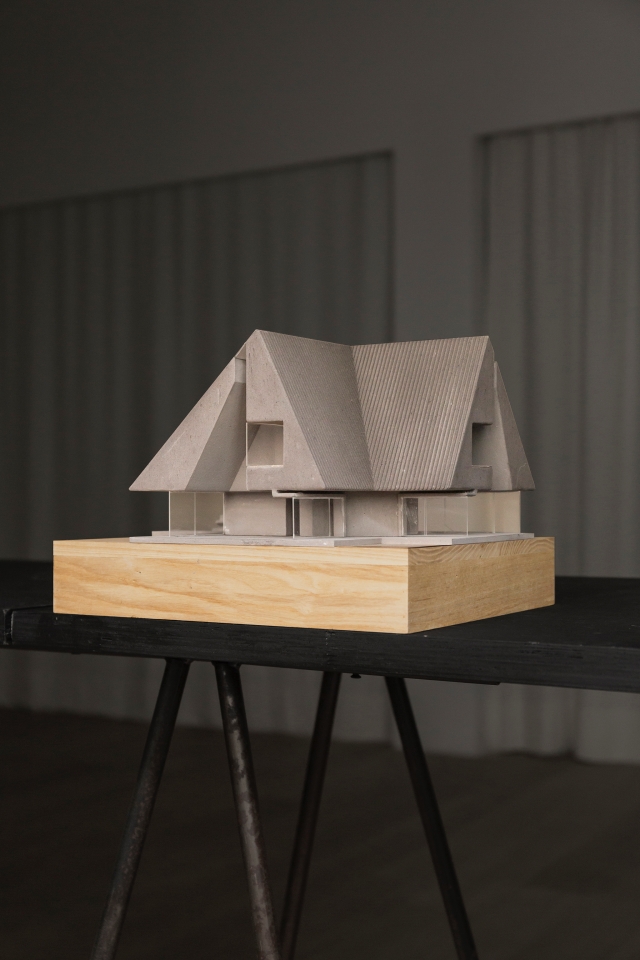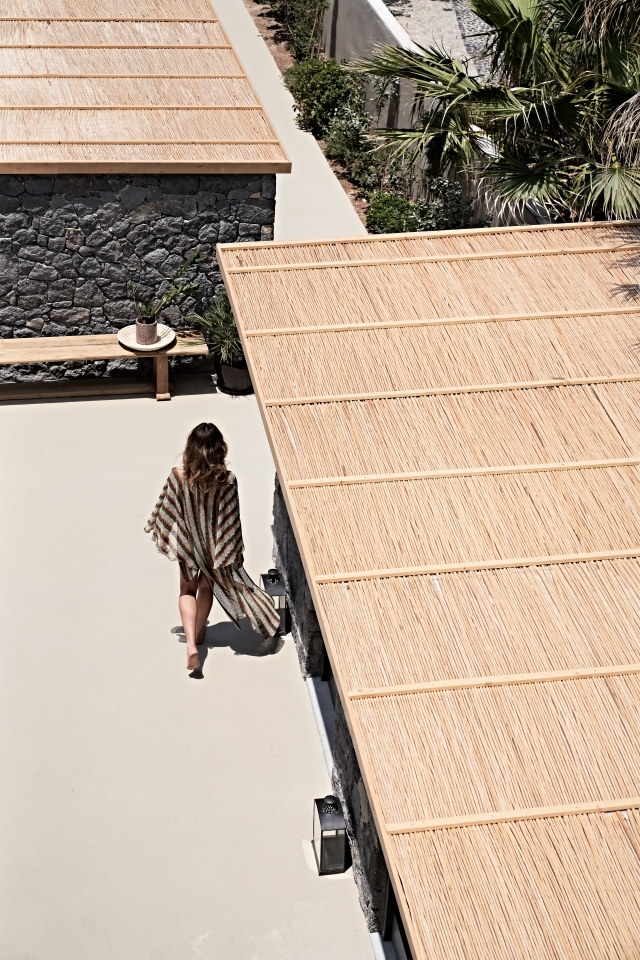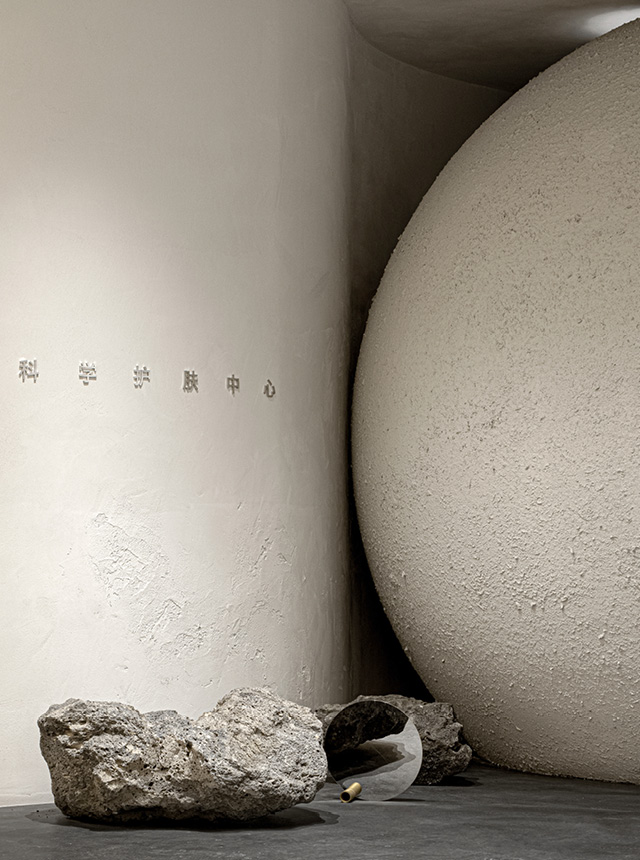Based in Brooklyn, NY and Boston, MA, Kaijie Chen holds a master’s degree in Surface Imaging Design and a bachelor’s degree in Textile Design & Engineering. She is the recipient of numerous international awards, including the GOOD DESIGN® Award, Adobe Design Achievement Awards, and A’ Design Award and her projects have been exhibited nationally and internationally at The School of Visual Arts in NY, the MOOD Museum of Design in Italy, Budapest Projekt Galéria in Hungary, Czong Institute for Contemporary Art in Korea, and Hebei International Industrial Design Week in China. She has also given keynote speeches at SEGD (Society for Experiential Graphic Designs) and in Design Philadelphia. Her claim to fame projects include Nature Force - a collection of work that stems from Chen’s deep interest in experimental art-making.
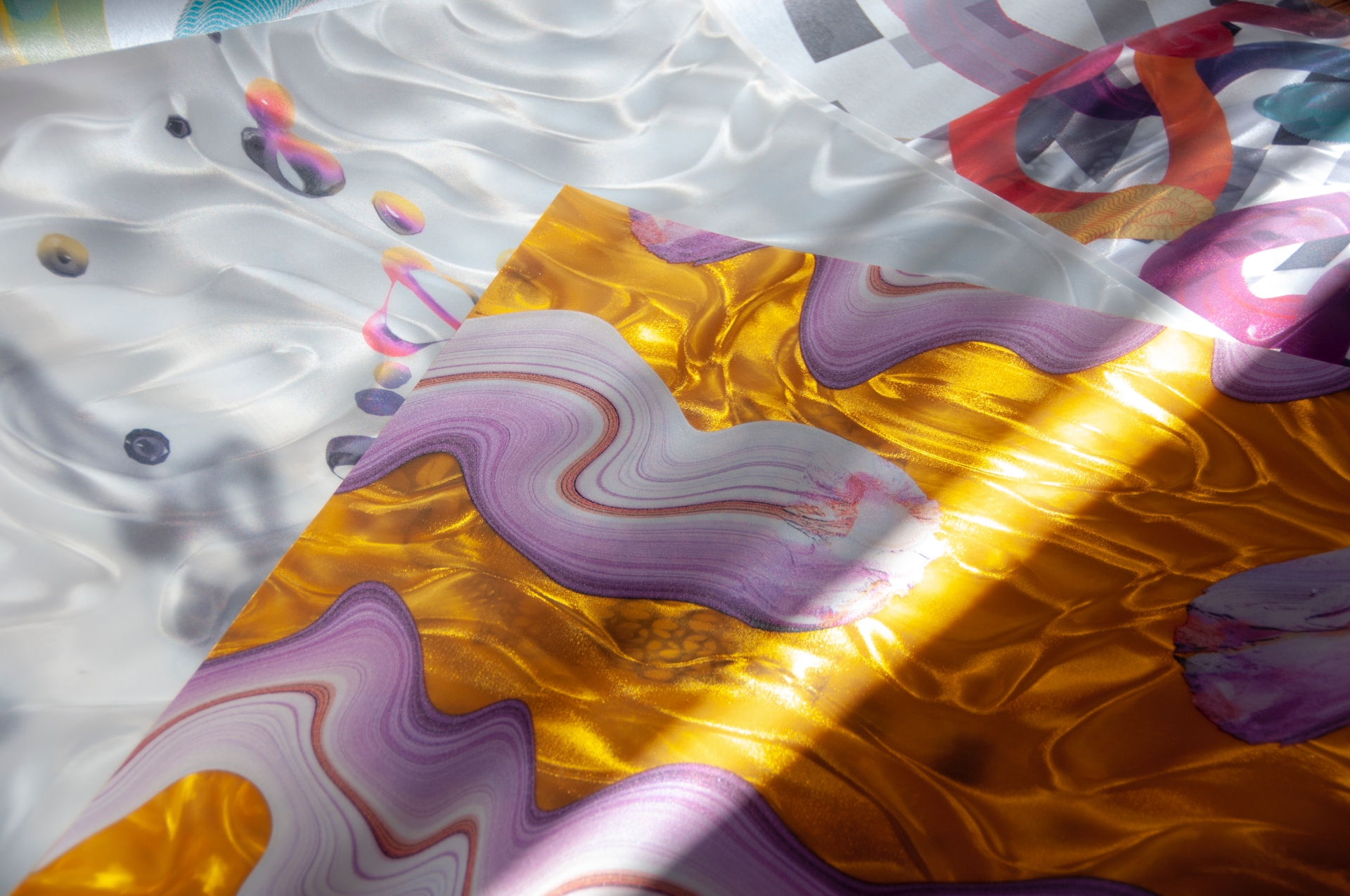
The poetics of visual design and material science shape the structures found within this body of work. Chen uses forces of magnetism and gravity for their natural unpredictability to capture an essence of universal energies. Echo, is another body of work that draws its inspiration from ancient Chinese philosophies, where mirrors serve as a metaphoric guide for spiritual reflection. Our self-reflection is increasingly contaminated by various external social factors such as comparisons on social media, external constructs of identity, and expectations from others. By visualising and capturing invisible universal energies of magnetism within the mirror’s walls, Echo offers an alternative natural calibration point for inner reflection. We often forget about how we are a beautiful and harmonious part of universal forces when inundated by daily matters and Echo asks us to reimagine how we reflect on ourselves in alignment with nature. Chen tells us more.
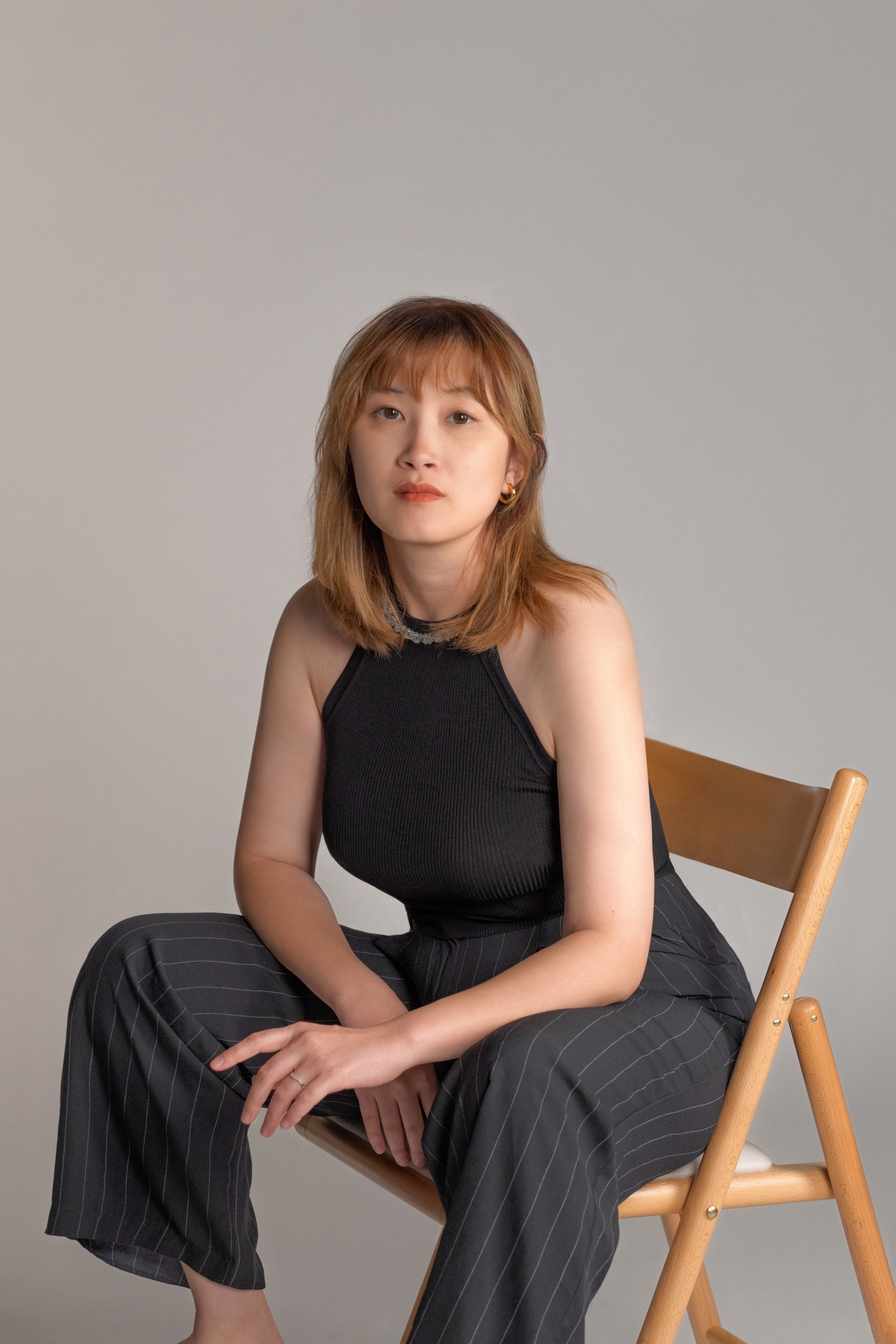
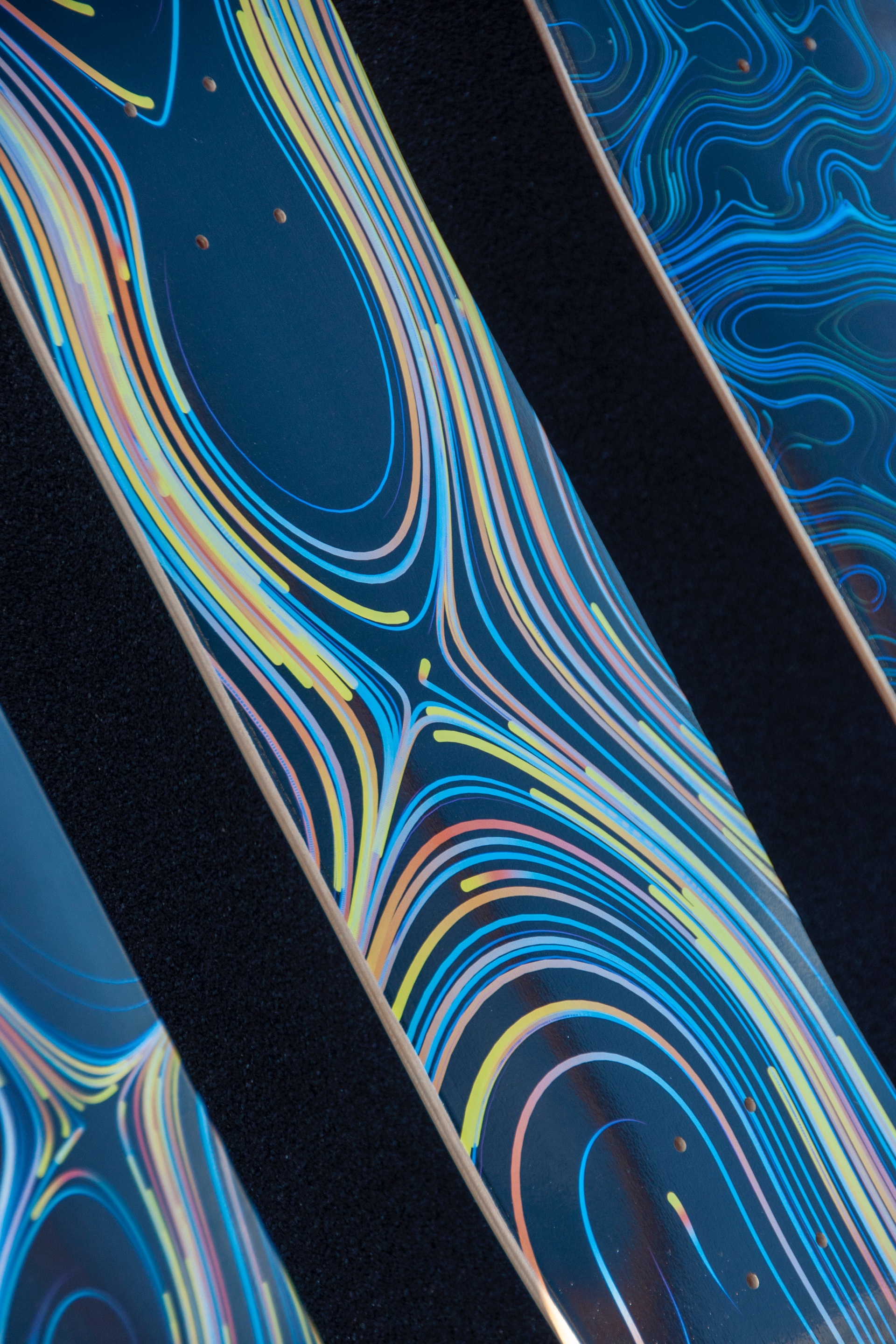
Tell us about your background and how you first became interested in design? When did you know you had found your voice as an artist?
My background is in textile engineering and design, but I have been continuously exploring new media for making art. Initially, I became interested in design by creatively combining material science, and engineering technology to create visual and tactile substrates. I worked with a wide array of technological processes without letting the limitations of the tools hold me back. For example, during my Master’s degree in Surface Imaging, I worked with the limitations of printing technology to find creative alternatives and novel ways of designing with the machines.
My voice as an artist is one that changes over time as I myself transform with time. Initially, my work was heavily focused on material science and engineering technology to create aesthetic objects, but in more recent years I have started learning more about psychology and my focus on design has shifted towards creating designs for social impact. It is hard to categorise myself as an artist who does one specific thing because my interests are so broad and constantly growing based on my ever-lasting interest in learning new things.
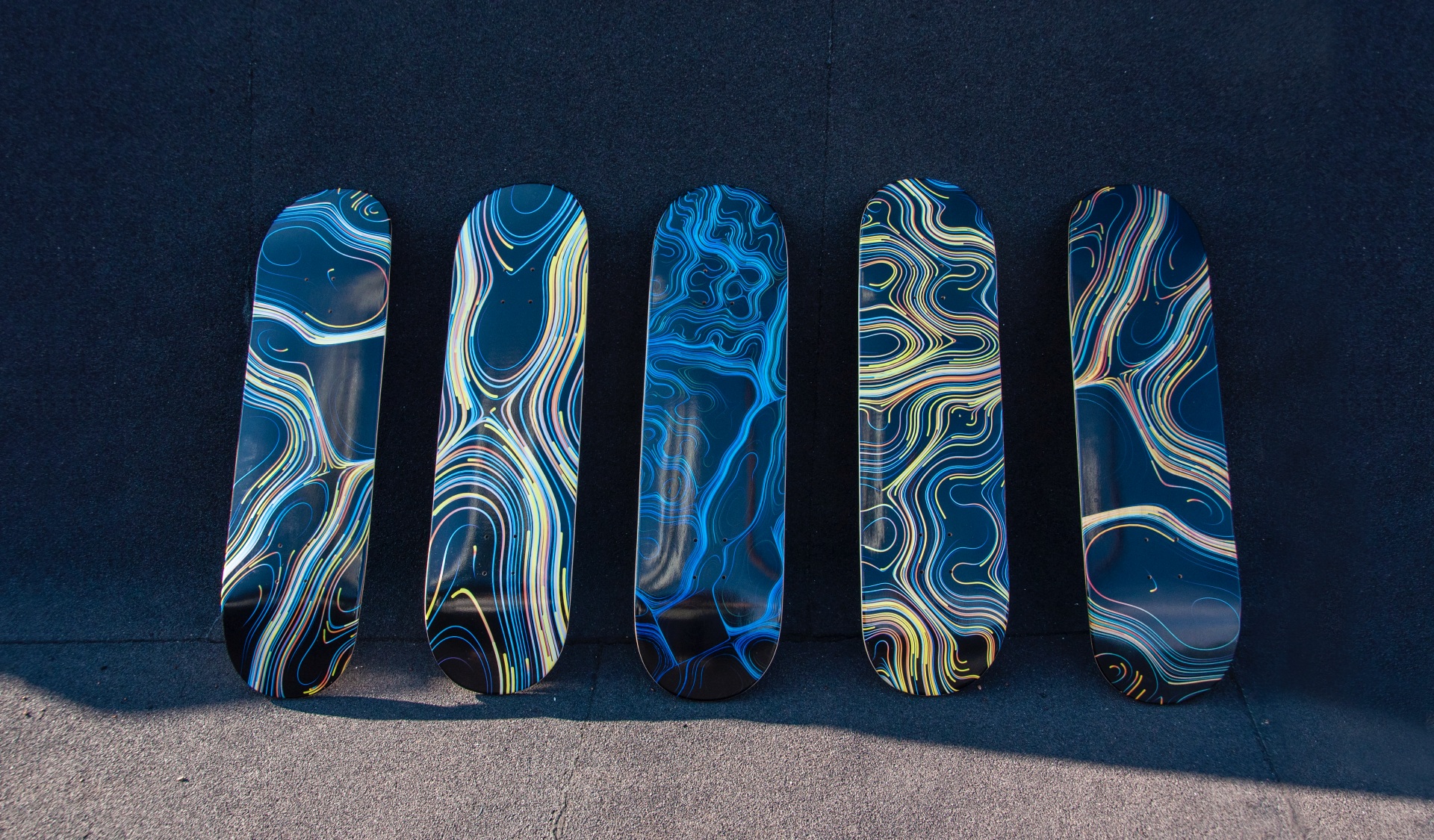
How would you describe your design aesthetics to people who aren’t familiar with your work?
My design aesthetic emerges from a synthesis of material exploration, engineering technology, visual design, and psychology.
Where do you get your inspiration for your surface designs? What messages do you aim to deliver to your audience? What are some of the favourite topics that you constantly enjoy revisiting and exploring?
My inspirations come from learning. Whether it be educational science videos on the internet or continuing education classes from universities, I am constantly learning about new fields of knowledge. The main message I want to deliver to my audience is to inspire a sense of wonder. By looking at the fundamental material building blocks we can begin to create and imagine futuristic objects that were unimaginable before. My designs have often explored playful, whimsical, and futuristic themes. Though, in recent years I have begun to explore more psychological and social themes in my work.
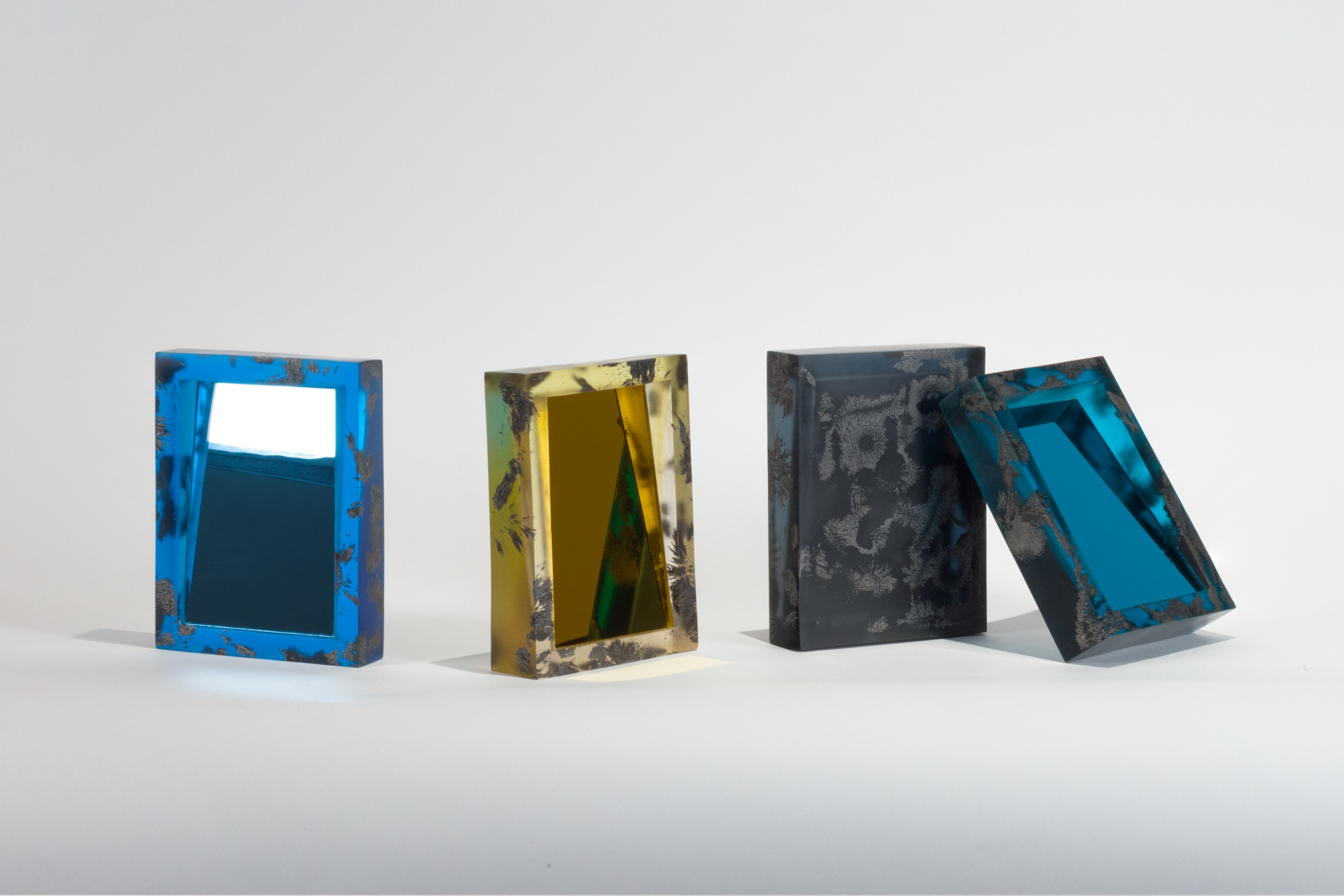
What’s your process? How do you translate abstract ideas into concrete results? What are your favourite materials and tools to work with?
For me, the final product always needs to be something that exists in the world and not just in thought. If an idea is too abstract and cannot be materialised, then I am not too drawn to it. I am constantly researching new technologies and expanding my material knowledge database. The way I work is that I usually have a very specific end product in mind based on my research and then design towards it. Even though the themes in my work can be quite abstract and whimsical, they are rooted in physical materials and processes. I wouldn’t say I have any favourite material per se but rather I am just drawn to material science and am always excited to work with new materials and substrates. Whether it is a specific software/technology or a completely new field of study, I am constantly learning about new avenues to explore my ideas.
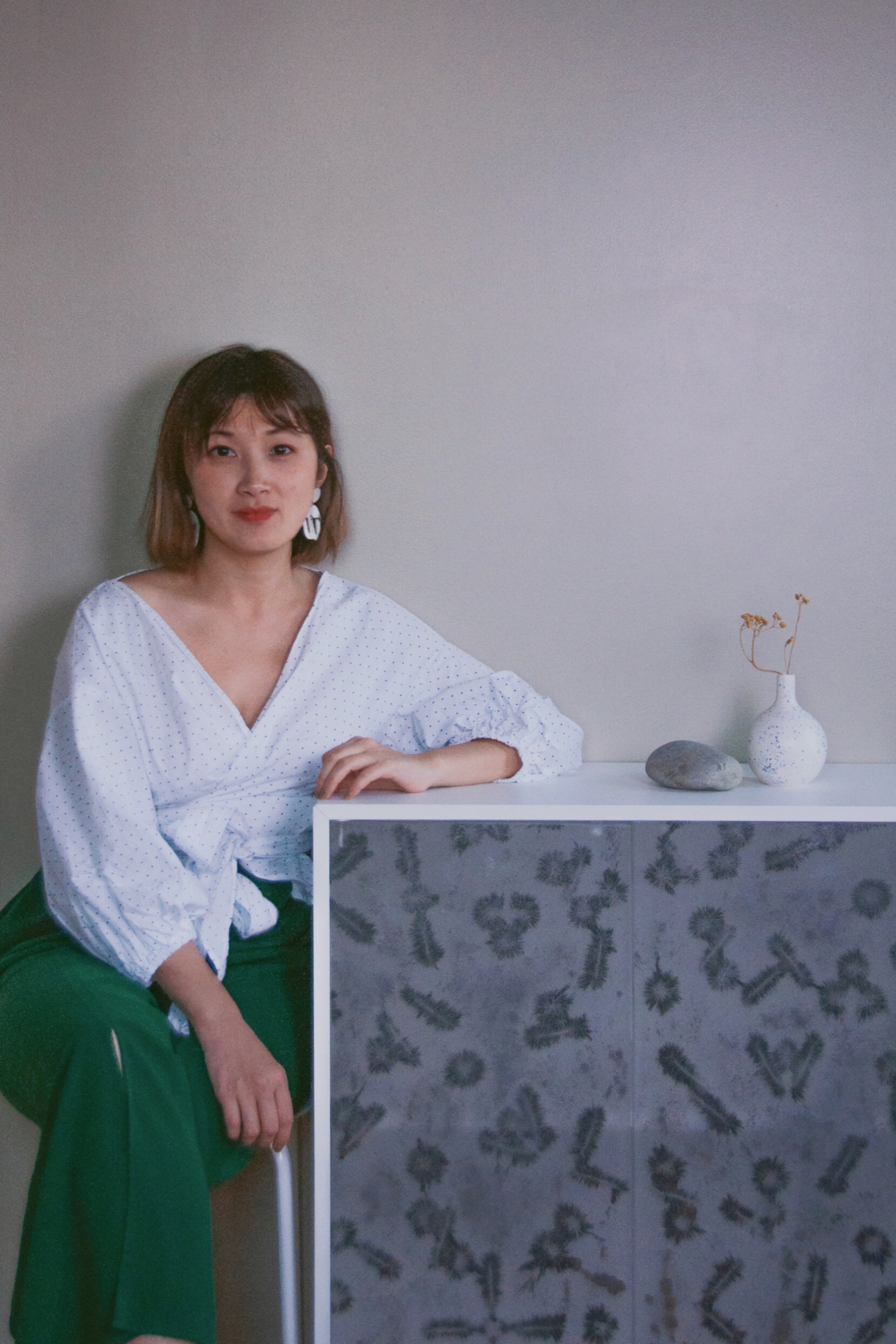
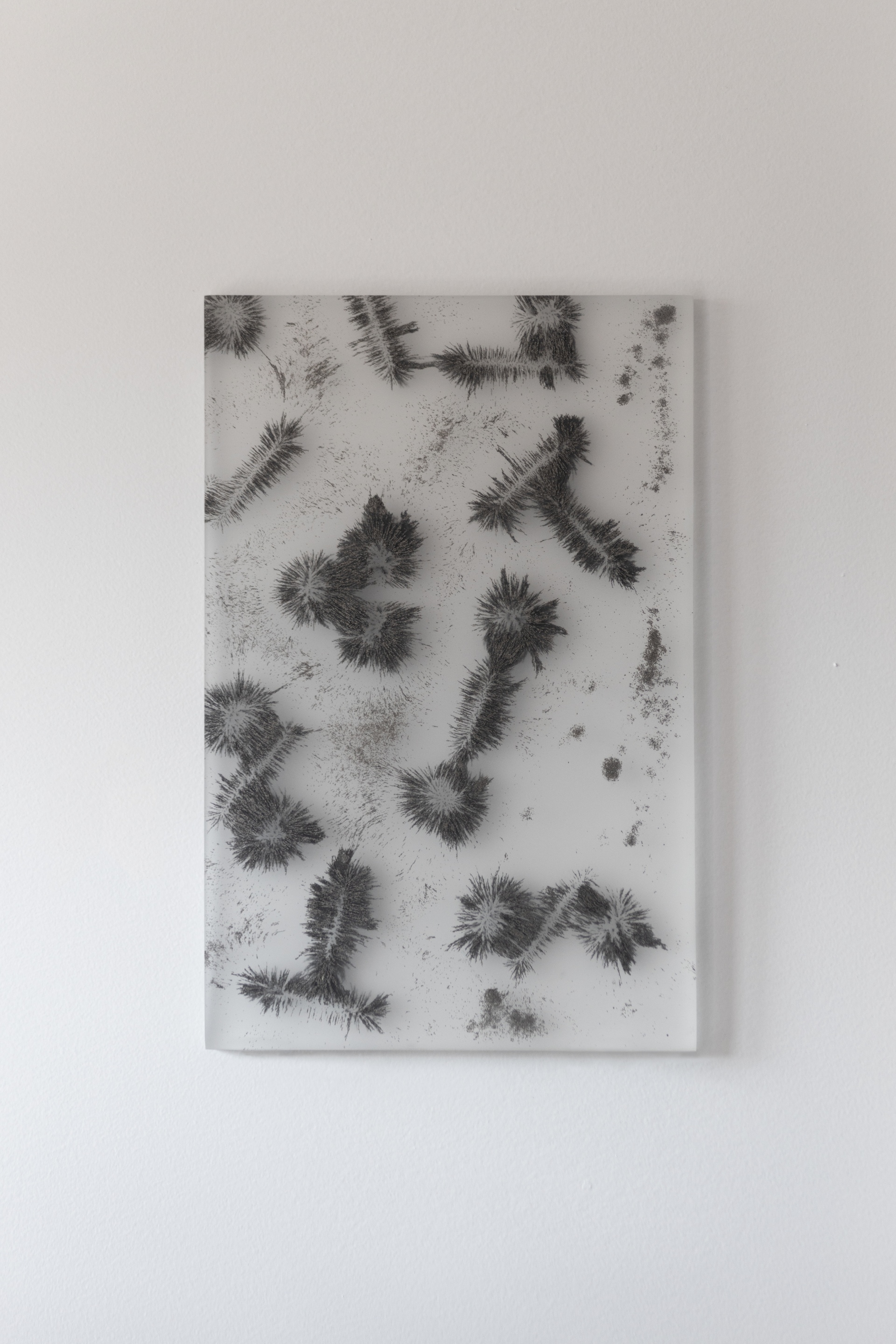
When you were new to the industry, what did you find most challenging?
One thing I found very challenging when I was new to the industry is that, as someone who works with technology and industrial processes, it can be difficult to quickly experiment with ideas and technologies. When working with external organisations, there is often a very high MOQ (minimum order quantity). This barrier to entry can slow down or limit the rapid experimentation and production of one-of-a-kind artwork that depends on the use of specific industrial technologies.
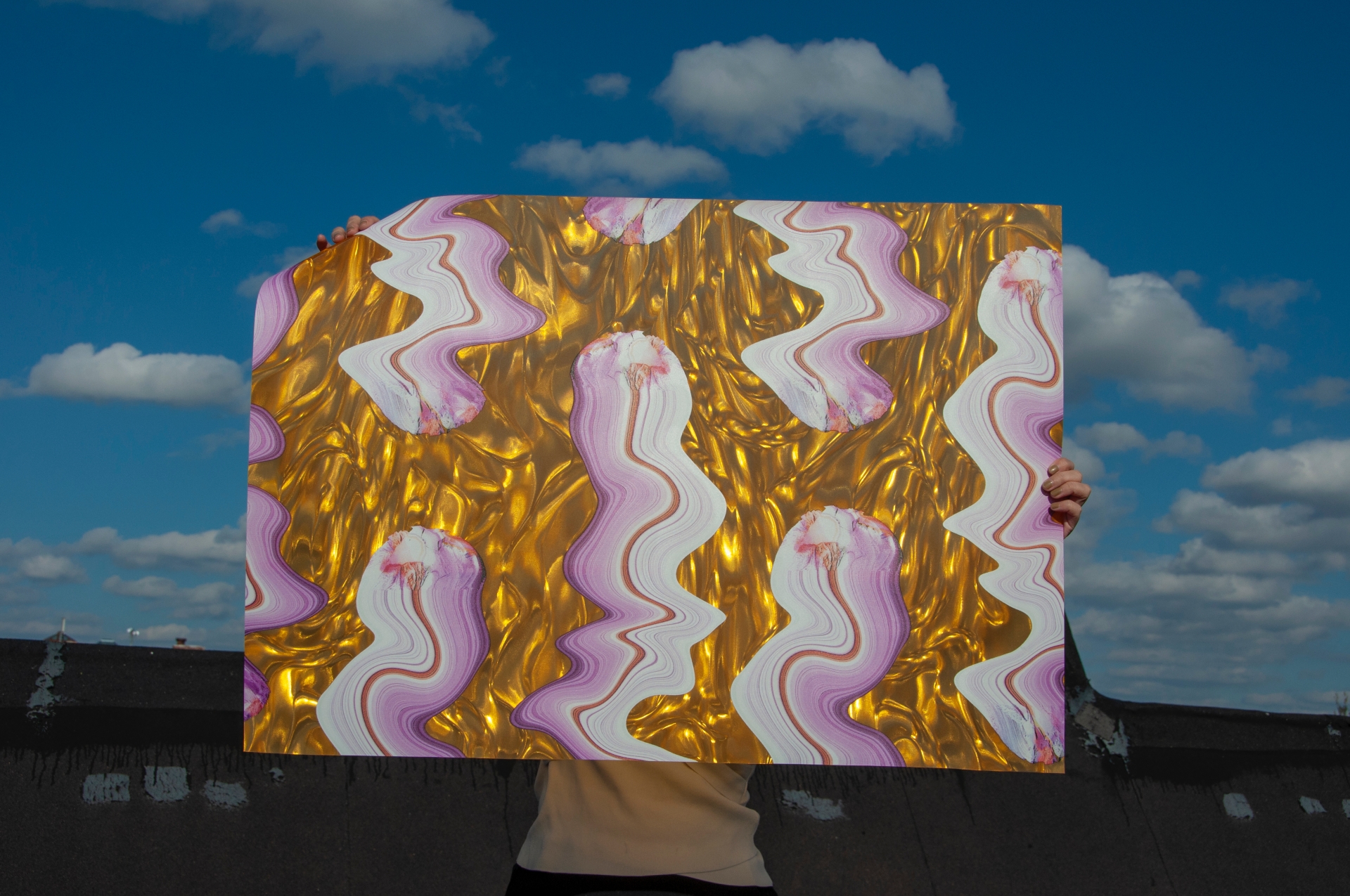
What is something you wish you had known when you first started your career in this field?
My design aesthetic emerges from a synthesis of material exploration, engineering technology, visual design, and psychology. Aside from learning from videos and classes, individual experts and people with lived experiences are a fantastic source of knowledge and wisdom. I wish I had started the process of reaching out to individuals from various fields and doing informational interviews with them at an even earlier stage in my career.
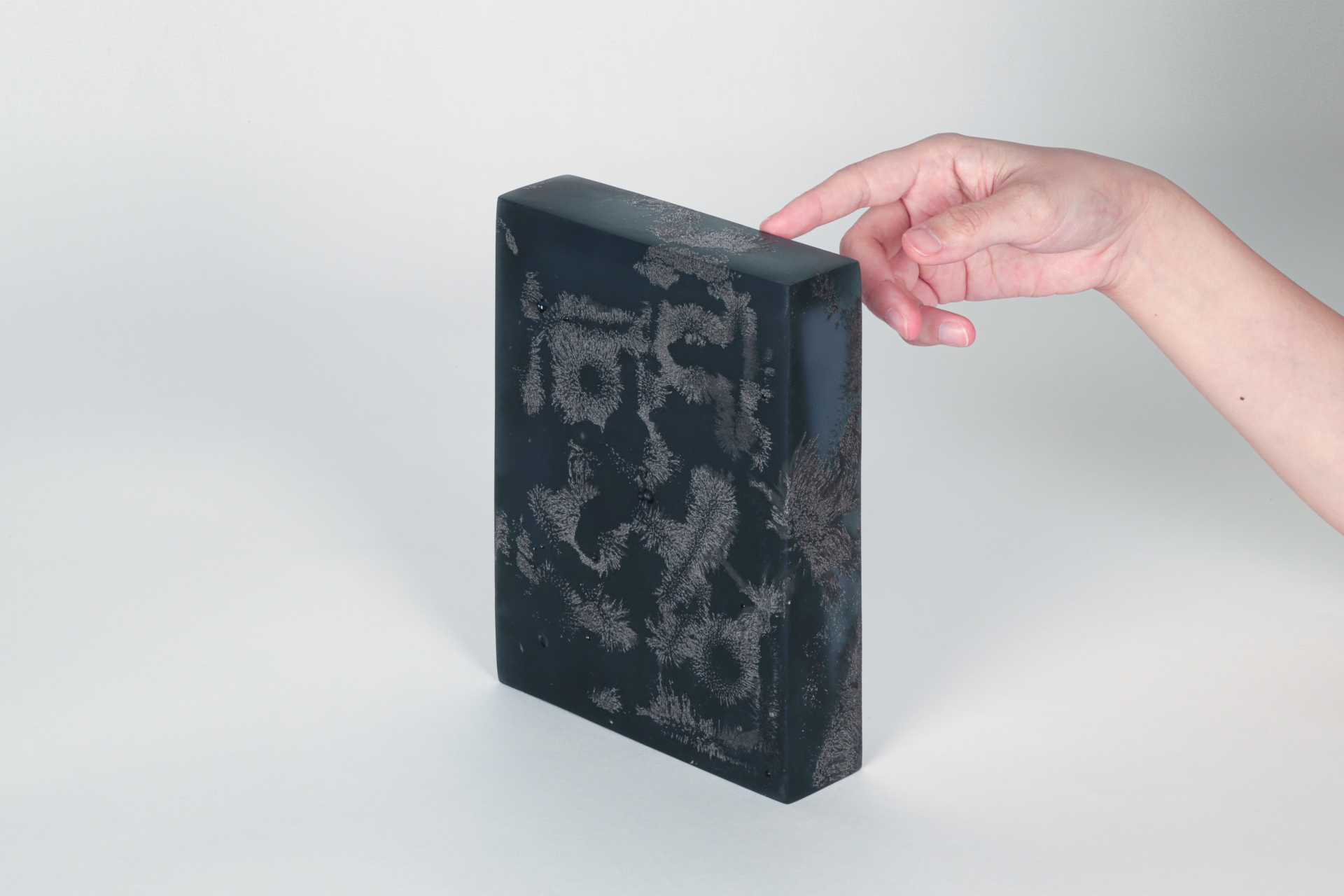
Who or what are your inspirations and motivations that keep you going?
The amazing nuances of our world inspire me on a daily basis. There is a comment by Christo Claude that I keep close to my heart; he said that being an artist is not a nine to five job, it is not something you do, but rather it is a lifestyle where every waking moment of your life is immersed in being an artist. My inspiration comes from all places, and I try not to discriminate between different sources.
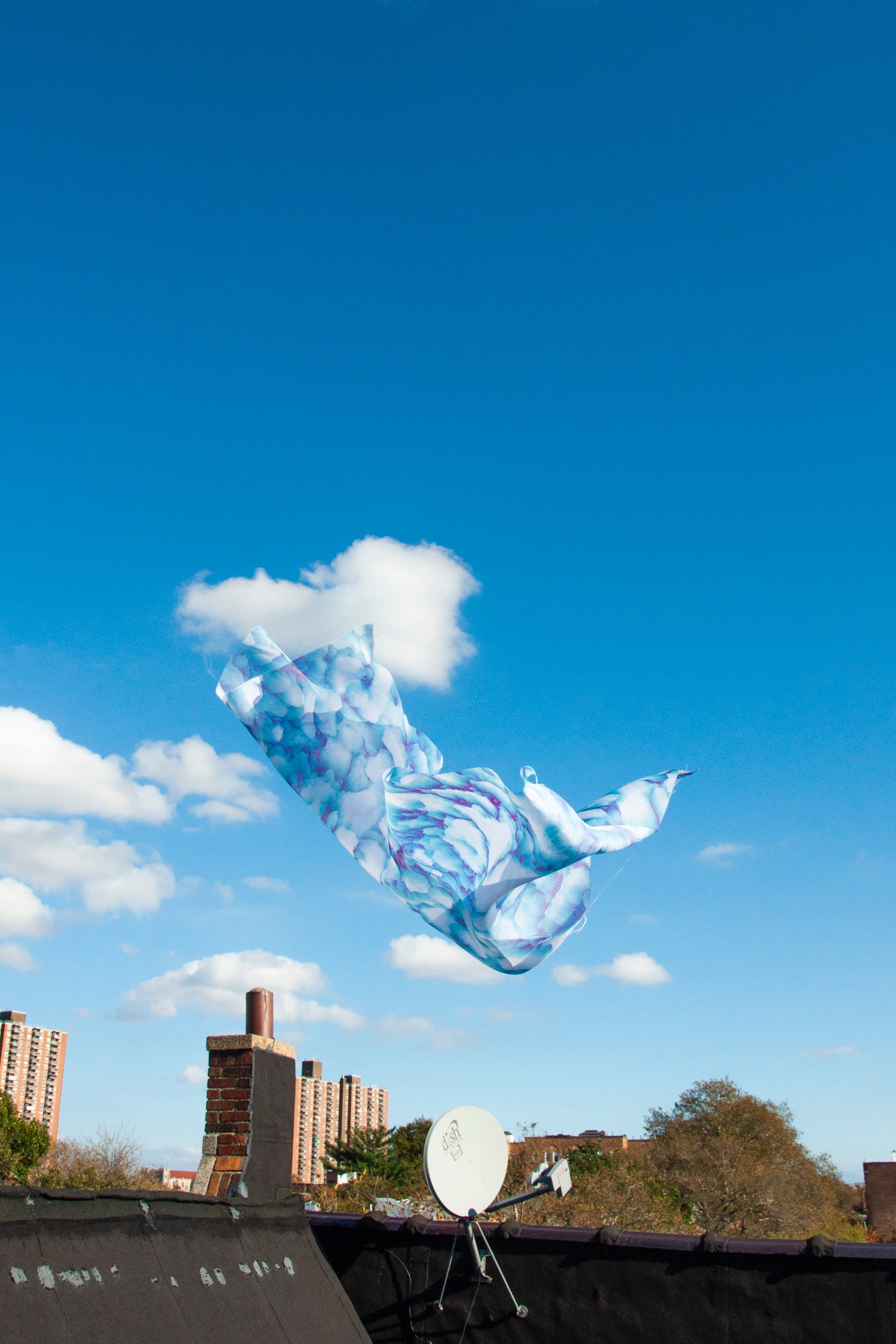
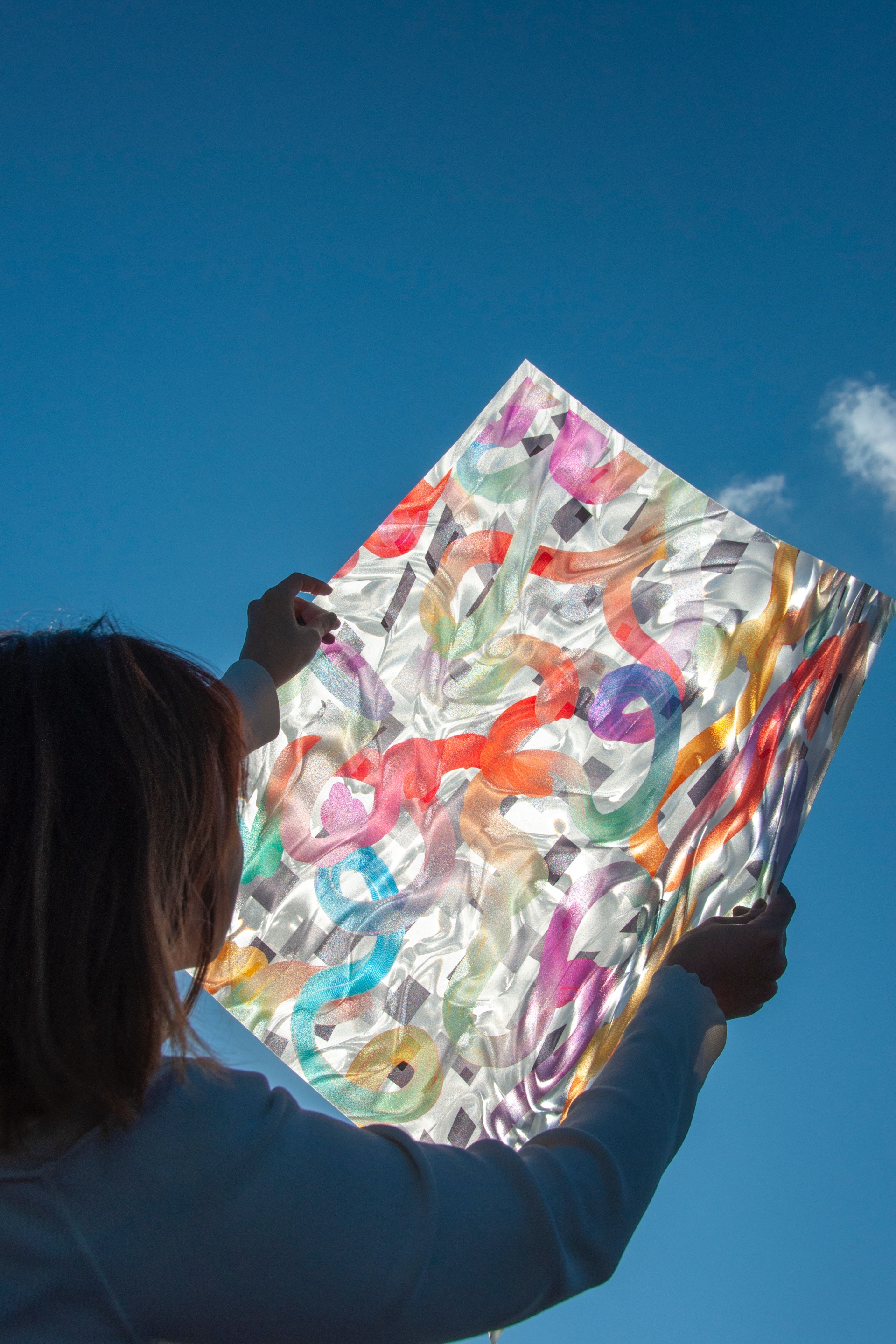
Having been recognized by the likes of GOOD DESIGN® Award, Adobe Design Achievement Awards, and A’ Design Award, what does it mean to you to receive such accolades and how has this affected/shaped your career?
I am genuinely honoured and humbled by such recognition by the design industry. It helps motivate me to keep producing work that is contemporary and relevant. Since I won these awards in different categories such as building materials, print, graphic design, fine art, and more recently even photography, I am able to share my work with a wide and diverse international audience thanks to these awards.

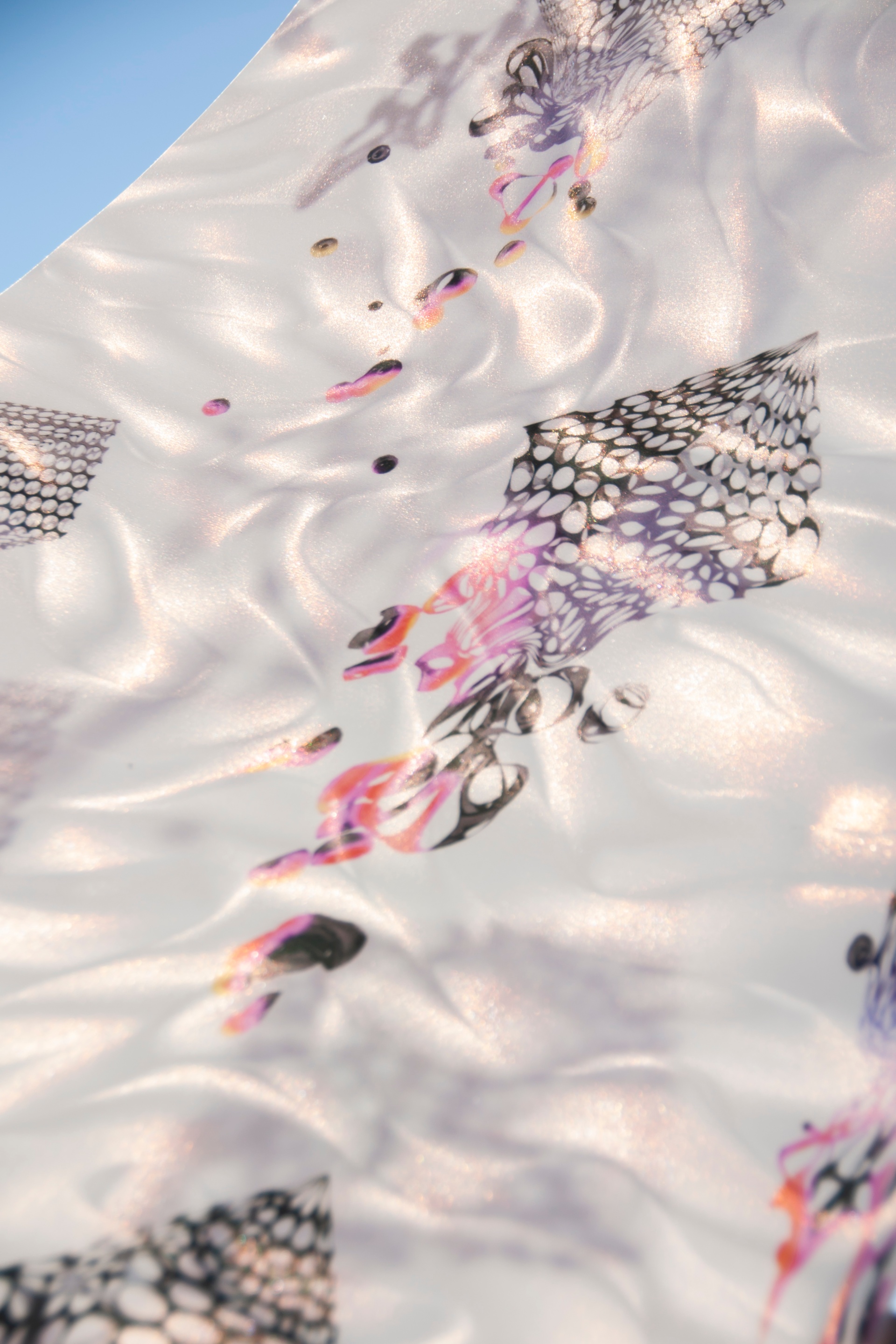
What is next on the agenda for Kaijie Chen? Any current or future projects we should know about?
As AI technology becomes more accessible to artists as a way to think and create, I am very much excited to have AI as a collaborator on my future projects. Aside from that, my partner is finishing their graduate studies at MIT in Art, Culture, and Technology and we are excited to explore the possibilities of combining our practices in future projects. So, you can look forward to some interesting collaborative projects from us in the future.
What do you hope to accomplish in your lifetime?
This is a difficult question and I do not have one specific goal that I would like to accomplish in my lifetime. I would like to stay open and continuously keep evolving my perspective. Our experiences in the world are very subjective so for me it's important to achieve internal peace and gratefulness as the first step toward bringing positive impact into the world.
